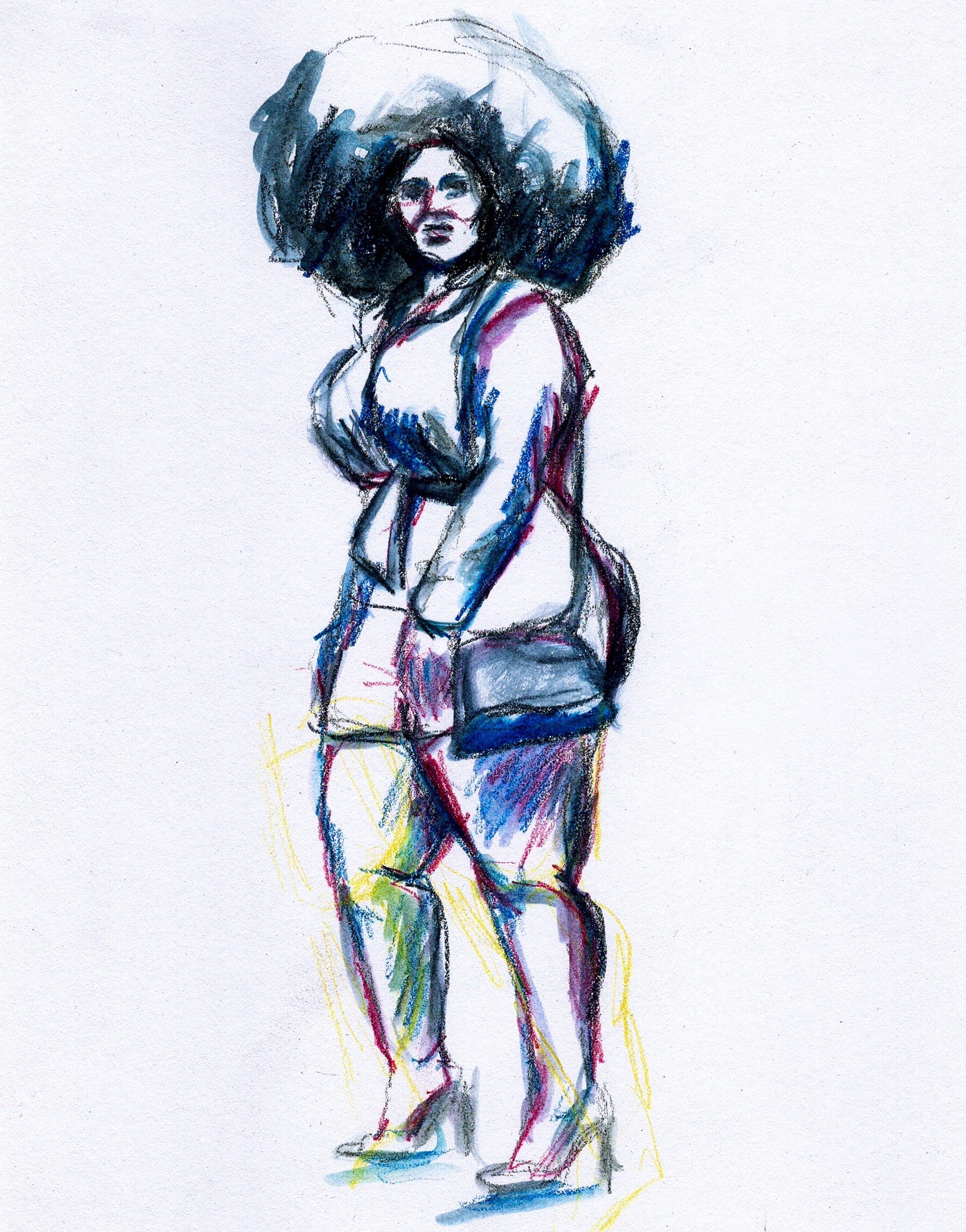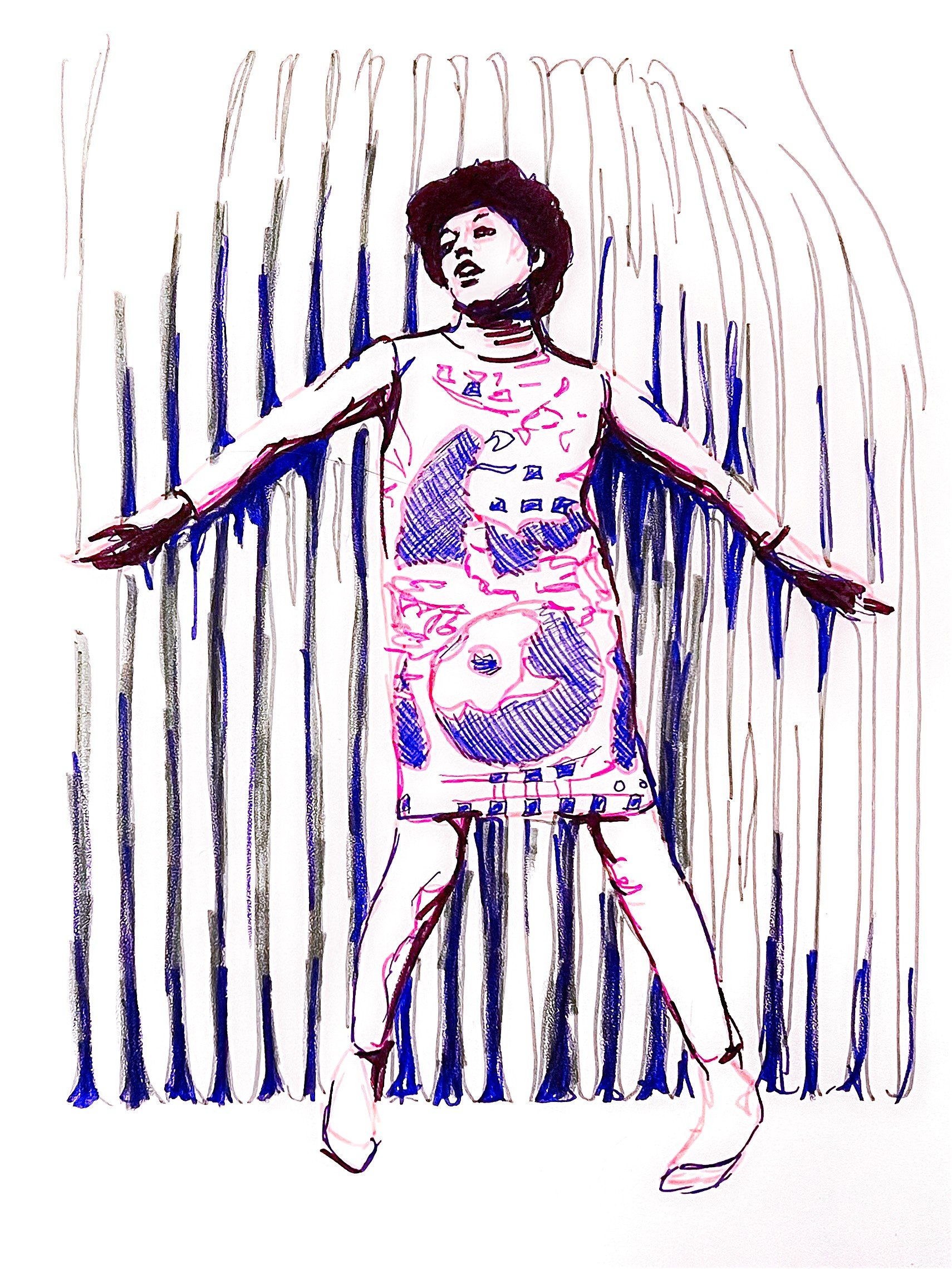Echoes of Emancipation: The Tale of Two Hemlines
In this collection, I set out to bring into sharp focus the sexualized nature of female legs, a narrative not born of biological necessity but rather shaped by cultural design. More often than not, our choice of clothing becomes an identifier, a tool for control and regulation that reinforces institutional, interpersonal, and internalized biases. By assigning dresses to women, restricting their hemlines, and feminizing the act of walking, culture sexualizes something inherently non-sexual: legs. It's crucial to remember that sexualizing legs is a cultural predisposition, not a biological fact.
In my pieces, I underscore the power of self-determination. Throughout history, women have been subjugated and their autonomy curtailed. However, in the early 20th century, women began demanding the right to self-governance. This quest for independence allowed women to emerge as independent thinkers, to express their desires, and to redefine their identities outside of the procreation modal. Yet, as my pieces hint at, "adaptive preference formation" has allowed oppressive social conditions to influence and sometimes restrict choices and preferences, limiting the effectiveness of fashion as a tool of resistance.
The collection is deeply personal. I remember being eight, entering public school, and being told I couldn't wear spaghetti straps to class because it would distract the boys. Before that, at my orthodox Jewish school, my uniform required me to cover my arms and legs, but no pants were allowed because then how could anyone tell that I was a girl? The underlying message was the same: our bodies existed for others, not for ourselves.
In the pieces of this collection, I employ the narrative of my own experiences – from the policing of my body as a young girl to the awkward transition into puberty with training bras and the accompanying sexual symbolism of skirts – to illuminate the societal pressures and prejudices faced by women. I explore the often problematic balance between empowerment and exploitation. My pieces underscore the journey women face in navigating societal norms while constantly reaffirming their autonomy and the right to express their sexuality on their terms.
My art aims to challenge the viewer to contemplate these questions: At what point on your body does it become obscene? What amount of skin precedes offense? When does your body stop being yours and exist for others' viewing pleasure?
Fashion, as I see it, is an art form of self-expression. In my work, I've chosen to focus on women's legs because I see a correlation between their clothing choice and the progressing equality of women in our society since the early 20th century. My collection reflects empowerment, exploitation, freedom, and patriarchal restraint. Through it, I aim to shine a light on the journey of women, the obstacles they face, and their continuous fight for autonomy and equality.



































